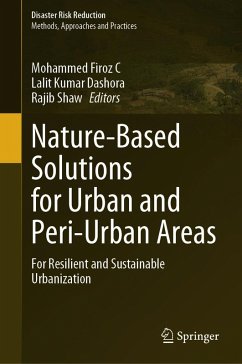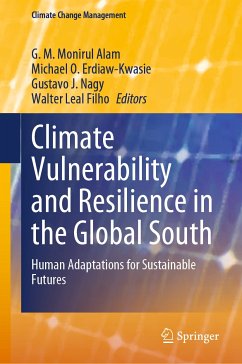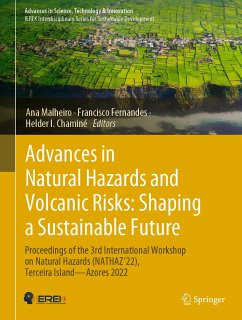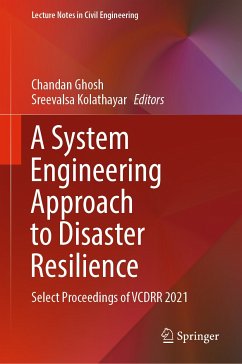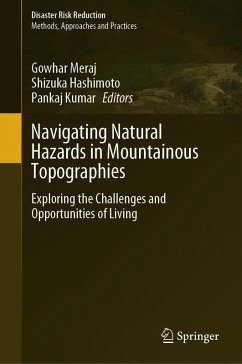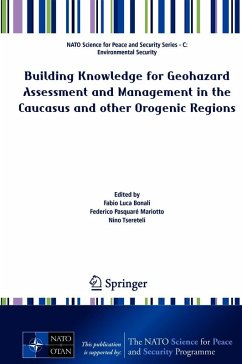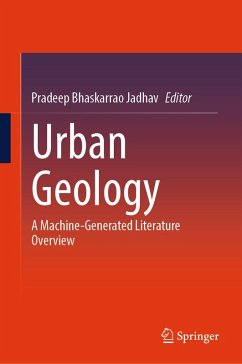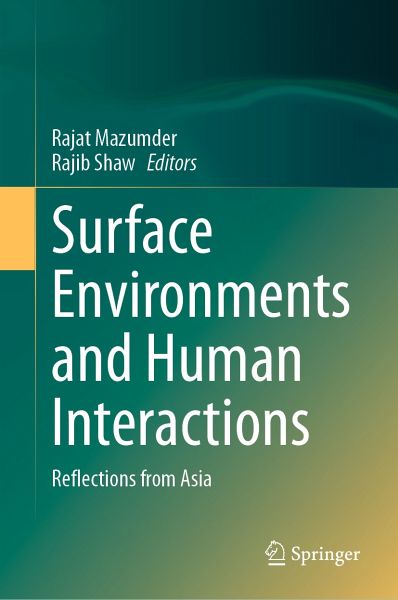
Surface Environments and Human Interactions (eBook, PDF)
Reflections from Asia
Redaktion: Mazumder, Rajat; Shaw, Rajib
Versandkostenfrei!
Sofort per Download lieferbar
104,95 €
inkl. MwSt.
Weitere Ausgaben:

PAYBACK Punkte
52 °P sammeln!
This book describes the complex interplay between Earth's surface processes (erosion and sedimentation) and human interactions. Intensive as well as extensive research has been undertaken to infer modern sedimentation processes and to infer the mode of stratigraphic sequence building. However, the effort to understand the influence of sedimentation processes on society and the human impact on sedimentation is long overdue. This is a new upcoming multidisciplinary research field that is beyond the scope of leading traditional Earth and Environmental Science journals. To fill in the prodigious g...
This book describes the complex interplay between Earth's surface processes (erosion and sedimentation) and human interactions. Intensive as well as extensive research has been undertaken to infer modern sedimentation processes and to infer the mode of stratigraphic sequence building. However, the effort to understand the influence of sedimentation processes on society and the human impact on sedimentation is long overdue. This is a new upcoming multidisciplinary research field that is beyond the scope of leading traditional Earth and Environmental Science journals. To fill in the prodigious gap in the knowledge base, this book includes in-depth reviews and new data-based case studies from Asia, involving multidisciplinary research. It covers case studies of risk management of various hazards and risk management systems at regional, national, and local levels. The book proposes a comprehensive approach to reducing future risks by collaborating with various stakeholders and preparingfor the most effective responses towards complicated hazards, minimizing social damage. This publication will help researchers in the field of Environment and Earth surface processes, disaster risk reduction, and geoscientists to have a better idea of the current trend of research in the field and will provide updated synthesis on this important topic.
Dieser Download kann aus rechtlichen Gründen nur mit Rechnungsadresse in A, B, BG, CY, CZ, D, DK, EW, E, FIN, F, GR, HR, H, IRL, I, LT, L, LR, M, NL, PL, P, R, S, SLO, SK ausgeliefert werden.



